- europages
- >
- Sensors
- >
- TWK-ELEKTRONIK GMBH
- >
- products
TWK-ELEKTRONIK GMBH
Germany
Manufacturer/ Producer

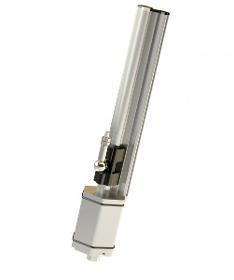
TWK-ELEKTRONIK GMBH
Germany
The displacement transducers operate according to the principle of run time measurement between two points of a magnetostrictive waveguide. One point is determined by a moveable position magnet, whose distance from the null point corresponds to the section to be measured. The run time of an emitted impulse is directly proportionate to this section. Conversion to an analogue measuring signal takes place in the downstream electronics. The waveguide is housed in a pressure-resistant stainless steel tube or extruded profile. To the rear of this is a die-cast aluminium housing containing the electronics in SMD technology. Electrical connection is implemented via a circular connector. In the rod version, the position magnet is located in a ring, which is guided over the rod without contact. In the profile version, it is located either in a slider, which is linked to the moving part of the machine via a ball joint, or it moves as a liftable position magnet, without wear, over the profile.
Request for a quote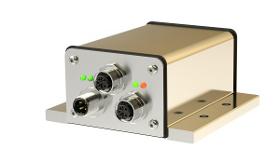
TWK-ELEKTRONIK GMBH
Germany
The sensor system is intended as a component for use e.g. in wind power plants to measure and evaluate vibrations in the mast head. Registration of dynamic accelerations by means of MEMS sensors (Micro-Electro-Mechanical System) with subsequent digitisation by a controller.The device consists of an acceleration sensor, a controller unit and the output interface PROFIsafe over PROFINET for output of the acceleration values. Thanks to its high resistance to vibration and shock - more than the defined measuring range -, the sensor is suitable for use in areas with rough environmental conditions.Electrical connection is carried out using three connectors.
Request for a quote
TWK-ELEKTRONIK GMBH
Germany
Registration of inclination in the gravitation field using MEMS sensors (Micro-Electro-Mechanical-System) with subsequent digitisation and linearisation via a controller. Data output is carried out via the CANopen interface or as an analogue signal. The inclination sensor has a stable aluminium housing (optionally stainless steel). Slots are available for mechanical alignment (up to approx. ± 7.5°). In the case of CANopen, one connector or one male/female connector combination can be selected optionally for connection purposes. Casting measures in the housing lead to the achievement of protection class IP 69K, e.g. for use under water.
Request for a quote
TWK-ELEKTRONIK GMBH
Germany
Registration of inclination in the gravitational field by means of MEMS sensors (Micro-Electro-Mechanical-System) with subsequent digitisation and linearisation via controllers. The housing-based inclinometer (model NBN 65) has a stable aluminium housing (optionally stainless steel) and is highly-resistant to vibration and shock. One or two connectors/socket in the case of CANopen can optionally be selected for connection. Casting measures in the housing lead to the achievement of protection class IP 69K, e.g. for use under water.
Request for a quote
TWK-ELEKTRONIK GMBH
Germany
The displacement transducers operate according to the principle of the differential choke, i.e. an inductive half bridge. They consist of two coils which are encapsulated in a stainless steel cylinder ensuring positive protection against vibration, shock, humidity, oil and corrosive matter. A mu-metal plunger core causes opposing changes of inductance when it is displaced through the centre of the coils. The displacement transducers are designed for a carrier frequency of 10 kHz. Other frequencies can be used but may involve changes of output values.
Request for a quote
TWK-ELEKTRONIK GMBH
Germany
The displacement transducers work according to the principle of the differential choke (inductive half bridges). They consist of two coils which are encapsulated in a Mu metal cylinder in a sealed and vibration-proof manner. A Mu-metal plunger causes an opposite induction change in the two coils when displaced by the hollow coil body. The displacement transducers are designed for an oscillator frequency of 10 kHz. Power supply and signal conditioning are provided by external module modules.
Request for a quote
TWK-ELEKTRONIK GMBH
Germany
The displacement transducers work according to the principle of the differential choke (inductive half bridges). They consist of two coils which are encapsulated in a Mu metal cylinder in a sealed and vibration-proof manner. A Mu-metal plunger causes an opposite induction change in the two coils when displaced by the hollow coil body. The displacement transducers are designed for an oscillator frequency of 10 kHz. Power supply and signal conditioning are provided by external module modules.
Request for a quote
TWK-ELEKTRONIK GMBH
Germany
The displacement transducers work according to the principle of the differential choke (inductive half bridges). They consist of two coils which are encapsulated in a Mu metal cylinder in a sealed and vibration-proof manner. A Mu-metal plunger causes an opposite induction change in the two coils when displaced by the hollow coil body. The displacement transducers are designed for an oscillator frequency of 10 kHz. Power supply and signal conditioning are provided by external module modules.
Request for a quote
TWK-ELEKTRONIK GMBH
Germany
Plastic housing - stainless steel shaft - conductive plastic element with precious metal wiper - central mounting thread M6 x 0.75 in brass - potted rear solder pins.
Request for a quote
TWK-ELEKTRONIK GMBH
Germany
The displacement transducers operate according to the principle of run time measurement between two points of a magnetostrictive waveguide. One point is determined by a moveable position magnet, whose distance from the null point corresponds to the section to be measured. The run time of an emitted impulse is directly proportionate to this section. Conversion to an analogue measuring signal takes place in the downstream electronics. The waveguide is housed in a pressure-resistant stainless steel tube or extruded profile. To the rear of this is a die-cast aluminium housing containing the electronics in SMD technology. Electrical connection is implemented via a circular connector. In the rod version, the position magnet is located in a ring, which is guided over the rod without contact. In the profile version, it is located either in a slider, which is linked to the moving part of the machine via a ball joint, or it moves as a liftable position magnet, without wear, over the profile.
Request for a quoteManufacturer/ Producer
Bismarckstraße 108
40210 Düsseldorf - Germany
europages also recommends
A selection of companies related to the activity:
A selection of products that might interest you
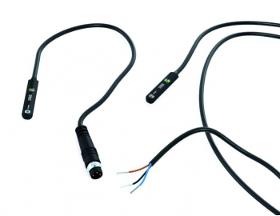
RIEGLER & CO.KG
Germany
The cylinders described here are pneumatic drive units mainly for linear movement. The piston rods or the magnetic traction transfer the movement of the piston to the components to be moved. We offer round, short-stroke, compact, profiled barrel cylinders and piston rod-free drives. In addition you will find here a whole range of sensors, fastening parts and accessories. Our piston rod cylinders are fabricated according to various ISO standards and are available in single-acting or double-acting design. They are suitable for filtered, unoiled or oiled compressed air.
Request for a quote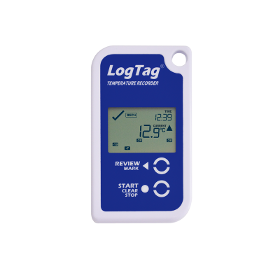
PRAXAS B.V.
Netherlands
The Logtag Logtag TRED30-16R Temperature Logger with external sensor is specifically for monitoring temperature during transport and storage. The data logger has a capacity of up to 15,900 measurements and a measuring range of -40°C to +99°C from an external sensor.
Request for a quote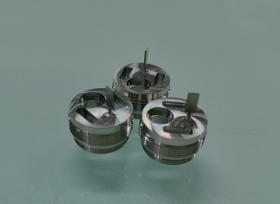
SHENZHEN PROMOSTAR HARDWARE CO.,LTD
Germany
CNC turn-milling compound machining flange
Request for a quote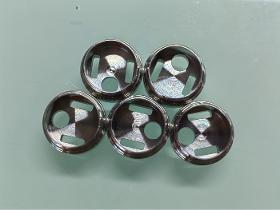
SHENZHEN PROMOSTAR HARDWARE CO.,LTD
Germany
Stainless steel processing in Turning ,Milling.
Request for a quoteRequest for quotes
Create one request and get multiple quotes form verified suppliers.
- Only relevant suppliers
- Data privacy compliant
- 100% free



